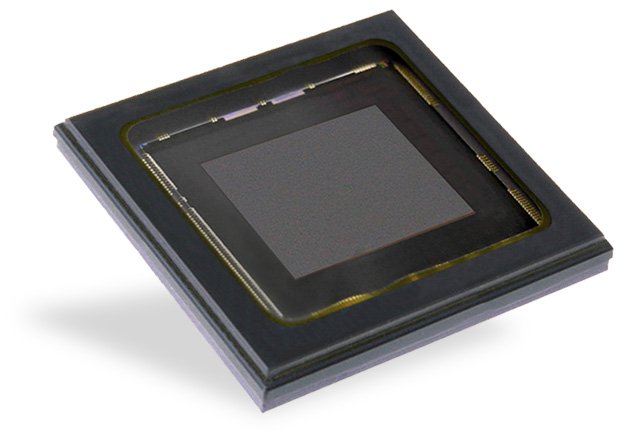Thanks to the shrink process, Sony's new Pregius IMX250/252 sensors set a new benchmark in industry. More pixels on the same surface mean a higher potential resolution and lead to smaller cameras. This allows manufacturers to offer compact models and use smaller lenses. As both sensors are fitted with the same footprint, the same board can be used for a single camera series. Only minor adjustments are required to the lens and electronics due to the varying sensor sizes of 2/3" and 1/1.8". This approach minimises development costs.
The Pregius IMX250 and IMX252 are fitted with many unique functions for industrial end users. With their 1.1 x sensitivity, the smallest pixels in the industry (3.45 µm) impress compared to the existing 5.86 µm products, and can achieve high frame rates in 8, 10 and 12-bit ADC modes, e.g. 163 fps at 8 bits for the IMX250 and 216 fps at 8 bits for the IMX252. Beyond this, these new CMOS image sensors feature a range of extra functions, such as a variable-speed shutter function, various exposure processes, a maximum of 64 definable regions of interest, and external trigger modes. This last function allows the user to control the memory and readout time to fit their requirements using an external trigger signal. The colour image sensors offer subsampling, horizontally and/or vertically inverted readout, and a multiple frame output. The monochrome image sensors also have a pixel addition function in comparison to the colour image sensors.
The first engineering samples are available now, with the new top models due to enter full production from the end of 2015. This means that with the IMX 250/252, Sony is launching two more excellent alternatives to the outgoing CCD sensors, and expanding its portfolio for the next technological step in image processing.


